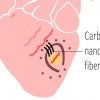
Heart nanofiber project makes STAT Madness round 3
A Texas Heart Institute/Rice project to use nanotube fibers to repair damaged hearts advances to round 3 of STAT Madness.

Heart nanofiber project makes STAT Madness round 3
A Texas Heart Institute/Rice project to use nanotube fibers to repair damaged hearts advances to round 3 of STAT Madness.
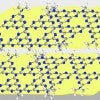
New nano strategy fights superbugs
Rice researchers imprint carbon nitride nanosheets to catch and kill free-floating antibiotic resistant genes found in secondary effluent produced by wastewater treatment plants. The strategy would prevent the DNA molecules from making downstream bacteria more resistant to drugs.

Heart nanofibers make STAT Madness Round 2
The Rice/Texas Heart Institute project to use nanotube fibers to repair damaged hearts makes Round 2 of STAT Madness.
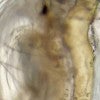
Tissue-digging nanodrills do just enough damage
Scientists at Rice and their collaborators show light-activated molecular drills effectively kill cells in whole eukaryotic organisms.
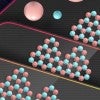
A small step for atoms, a giant leap for microelectronics
Rice materials scientist Boris Yakobson and colleagues in Taiwan and China report in Nature on making large single-crystal sheets of hexagonal boron nitride, touted as a key insulator in future two-dimensional electronics.
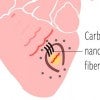
Heart nanofiber breakthrough awaits your STAT Madness vote
Joint Texas Heart Institute/Rice University research into using carbon nanotube fibers to bridge damaged areas of hearts is part of this year's STAT Madness, a competition to choose the year's best university-based bioscience project.
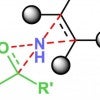
Rice scientists simplify access to drug building block
Rice University chemists further simplify their process to make essential precursor molecules for drug discovery and manufacture. The method to modify unactivated olefins for use as building blocks could save the pharmaceutical industry millions.
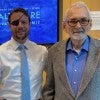
Crenshaw, Curl convene before health care summit at Rice
U.S. Rep. Dan Crenshaw, R-Texas, met with Robert Curl, Rice's Kenneth S. Pitzer-Schlumberger Professor Emeritus of Chemistry and a Nobel laureate, before convening his second annual Healthcare Innovation Summit Feb. 20 at the Glasscock School of Continuing Studies' Anderson-Clarke Center.
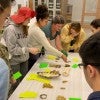
Chemistry of Art class partners with MFAH to give Rice students firsthand experience
In this popular course, chemistry and art conservation go hand in hand.

CPRIT grant draws cell imaging specialist to Rice
The Cancer Prevention and Research Institute of Texas awards a $2 million grant to Rice to recruit physical chemist Anna-Karin Gustavsson, who will study the dynamics and distributions of single molecules in living cells through her development of sophisticated imaging systems.
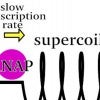
Cells’ springy coils pump bursts of RNA
Models by Rice chemists calculate the chemical and mechanical energies involved in “bursty” RNA production in cells.

Rice lab turns trash into valuable graphene in a flash
Scientists at Rice University are using high-energy pulses of electricity to turn any source of carbon into turbostratic graphene in an instant. The process promises environmental benefits by turning waste into valuable graphene that can then strengthen concrete and other composite materials.

People, papers and presentations Jan 13, 2020
George Abbey, senior fellow in space policy at the Baker Institute for Public Policy, was elected to the Lone Star Flight Museum's Texas Aviation Hall of Fame. He will be inducted at a luncheon May 8 at Houston's Ellington Airport.
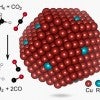
Rice University engineers have created a light-powered nanoparticle that could shrink the carbon footprint of syngas producers.

Nanotech pioneer, Nobel laureate Richard Smalley dead at 62
Nobel laureate Richard Smalley, co-discoverer of the buckyball, died from cancer in Houston. He was 62.